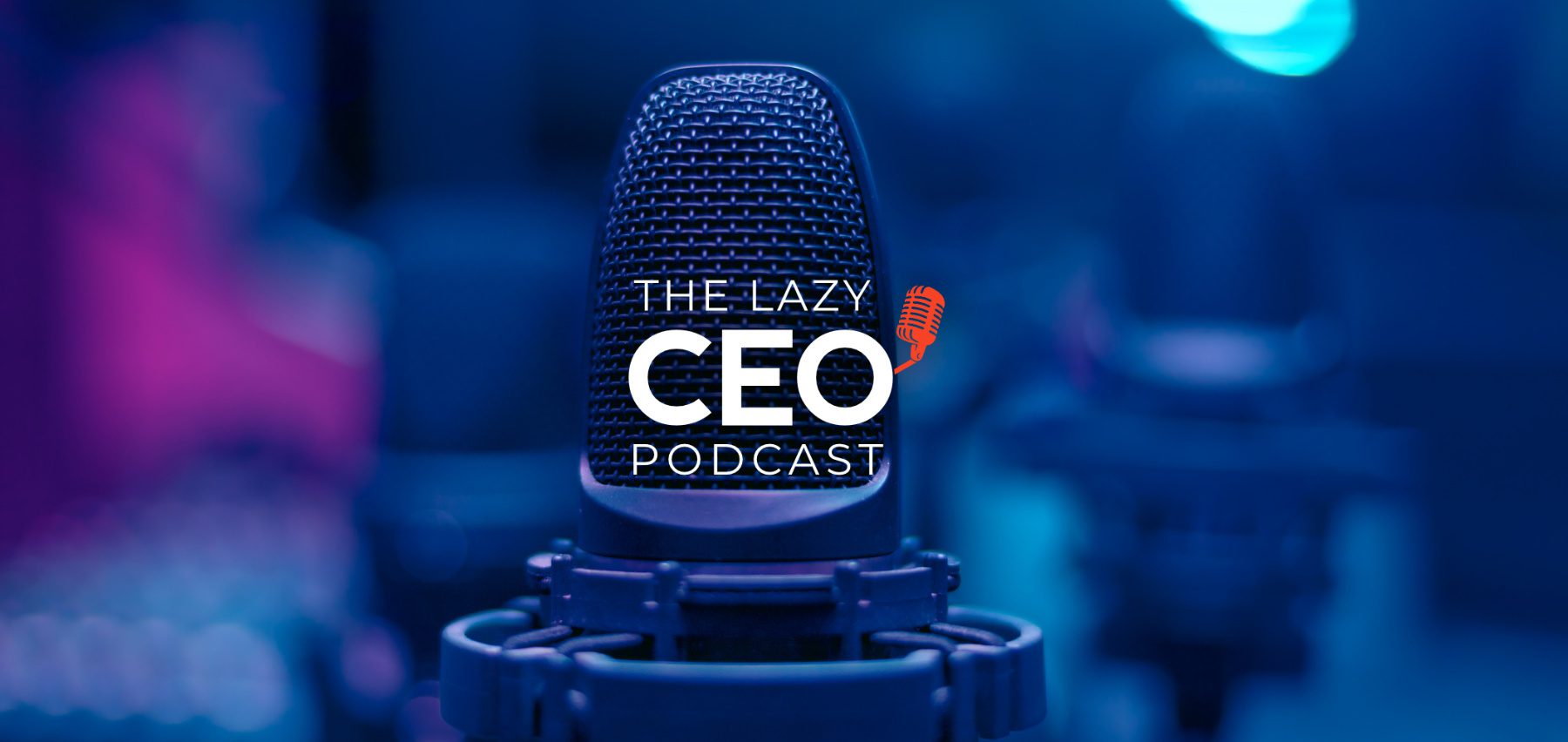The Five Hats Episode at a Glance:
- Jim Schleckser shares the 5 hats that are critical to the success of a CEO
- What is the five-hat model?
- Why CEOs should focus on the kinks in their businesses
In this episode…
This episode focuses on the secret to being a great and lazy CEO – knowing what to work on, only working on that, and getting rid of everything else. When I spread my effort across the whole organization, or we call it peanut buttering, your time across the business, it’s not particularly useful because you haven’t applied force in a significant way to one or two problems to really bust through them and get a great answer. You sort of neutralize all your effort by spreading it so thin.
You can think of this simply like a garden hose. So, you go out in your water, in your garden, and everybody knows what happens when you pull on the hose, you get a kink in the hose, and the kink in the hose stops the water from flowing. And if you think about the purpose of a hose, it’s to flow water, right? That’s the only real job it’s got. So, it can’t do its job because there’s a kink in the hose. So your job as the waterer is to go find the kink and open it up, and then you get your flow rate back. Now, the same thing’s true in your business. That’s a system. It’s a simple one. It’s a hose, but your business is a system too.
But it’s almost certain they’re never going to open the kink and the hose if they just sort of work on the entire hose. A great CEO who’s lazy, and doesn’t want to spend that much time working, says, I’m going to do this smart, I’m going to follow the hose, find the kink, and then I will get the performance I’m after. In other words, very specific and dedicated types of work change the performance of the system. And that’s what good CEOs do. And if you think about how a business grows, we’ve all seen these like scalloped curbs where it grows a while, and then it gets flat, and then it grows a while, and then it gets flat.
That little flat spot is the kink coming into play. And until you resolve the kink, you don’t get to grow again. When you see companies grow, then flatten out, grow, flatten out, that is because they’re not being proactive and fixing the point of constraint from the kink before it comes into play. So how do you do this? In my book, Great CEOs Are Lazy, I talk about this idea of five hats, and these are the five hats that you should be thinking about wearing as a CEO when you’re focused on the point of constraint. The first two hats are “find the kink” hats and the other three hats are “fix the kink” hats.
The hats are player, learner, architect, coach, and engineer. For details about each of the 5 hats, I hope you will enjoy this Episode of The Lazy CEO Podcast.
Resources mentioned in this episode:
- Jim Schleckser
- Jim Schleckser on LinkedIn | Twitter
- The CEO Project
- The CEO Project on Tik Tok | YouTube
- Great CEOs Are Lazy by Jim Schleckser

Jim Schleckser is the Chief Executive Officer of The CEO Project, a business advisory group for accomplished CEOs to help them solve their most challenging issues, resolve constraints, drive growth, and improve outcomes. With 30 years of leadership experience in business strategy, organizational development, sales, marketing, and more, Jim leads global organizations across many functional areas in both public and private environments. He specializes in solving issues that fast-growing firms experience in their business models and processes as they reach high-performance levels. Jim has appeared in The New York Times, The Huffington Post, and National Public Radio.
Sponsor for this episode…
This episode is brought to you by The CEO Project. The CEO Project is a business advisory group that brings high-caliber, accomplished CEOs together. Our team of skilled advisors is comprised of current and former CEOs who have run both public and private sector companies across multiple industries. With our experience and expertise, we guide hundreds of high-performing CEOs through a disciplined approach that resolves constraints and improves critical decisions. The CEO Project has helped high-performing, large enterprise CEOs with annual revenues ranging from $20M to over $2 billion to drive growth and achieve optimal outcomes. If you are an experienced CEO looking to grow your company, visit www.theCEOProject.com.









